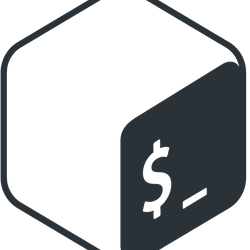
How to List Mounted Drives on Linux
Understanding how to view mounted drives is an essential skill for any Linux user. Knowing which drives are connected to your system and where they are mounted…
Read more
How to Mounting Disk Partitions Using UUID in Linux
Managing disk partitions in Linux can be a complex task, especially when dealing with multiple drives or frequently changing storage configurations. If you’ve ever experienced the frustration…
Read more
How to Generate UUID in Linux
A UUID (Universally Unique IDentifier) is a 128-bit number used to uniquely identify some object or entity on the Internet. Depending on the specific mechanisms used, a…
Read more
How to Mount XFS Filesystem
The XFS filesystem is a high-performance, journaling filesystem that was originally developed by Silicon Graphics for their IRIX operating system in 1994. It was later ported to…
Read more
How to Check Disk Type SSD in Linux
Solid state drives (SSDs) are becoming increasingly common in modern computers due to their faster speeds compared to traditional hard disk drives (HDDs). When managing your Linux…
Read more
How to Check Disk Queue Length on Linux
Ever wondered why your Linux server feels sluggish even when the CPU isn’t maxed out? The culprit might be hiding in your disk queue length. If you’re…
Read more
What’s the Difference Between fdisk and parted
When you’re working with Linux systems, managing disk partitions is a fundamental task that every administrator and user encounters. Two powerful command-line tools dominate this space: fdisk…
Read more
Cinnamon 6.0 Desktop Environment Released
The Linux desktop landscape just got a significant upgrade with the release of Cinnamon 6.0, and it’s making waves across the open-source community. If you’re wondering what…
Read more
How to Grep IP Addresses from Log Files in Linux
Log files are an essential part of Linux system administration, as they provide valuable information about system events, errors, and user activities. One common task for system…
Read more
How to Change File Permissions on NTFS Partitions in Linux
Managing file permissions on NTFS partitions in Linux can feel like trying to fit a square peg into a round hole. If you’ve ever wondered why your…
Read more
How to List Drives in Linux
Linux is a powerful and versatile operating system, widely used in various applications, from servers to embedded systems. One of the key aspects of managing a Linux…
Read more